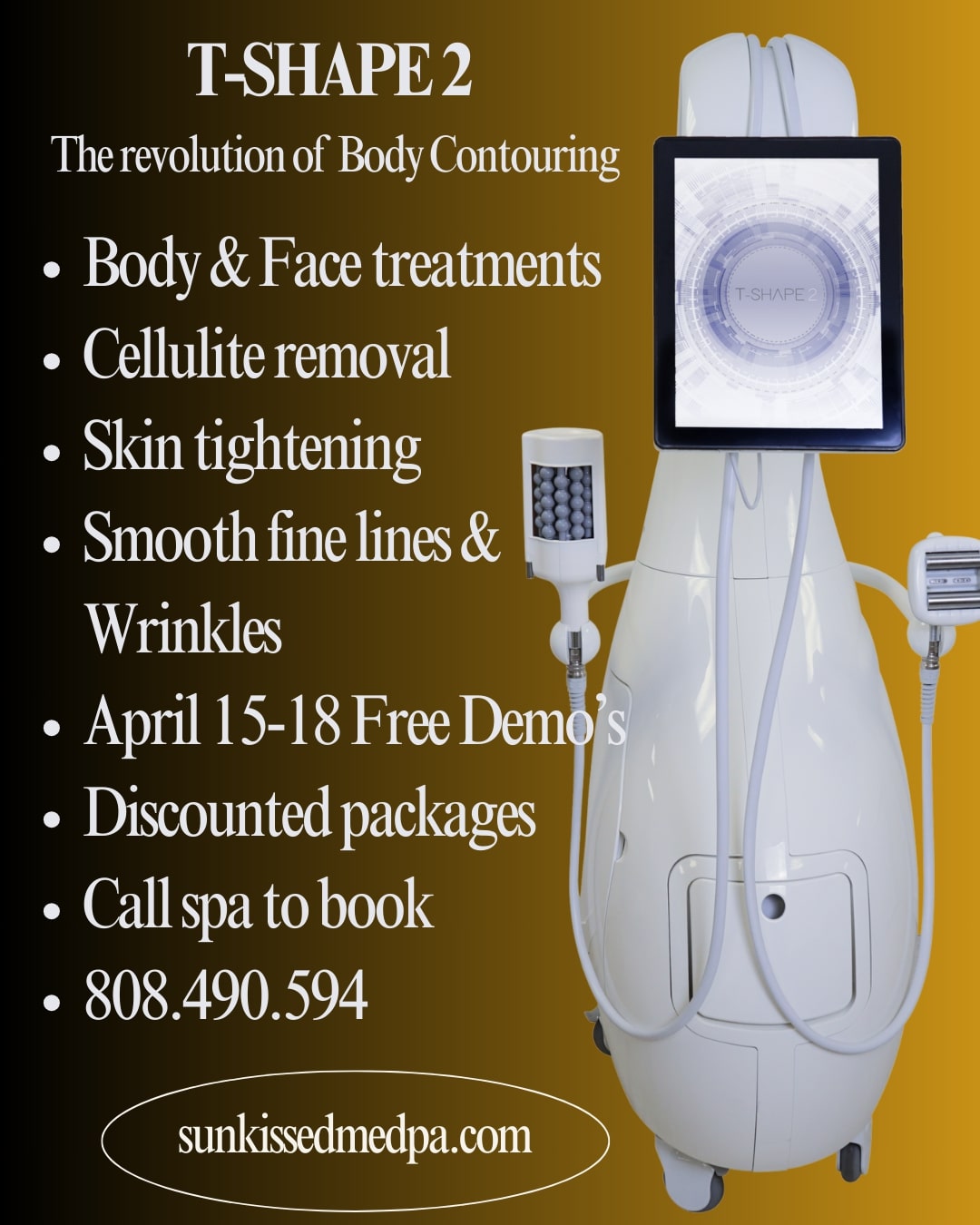Puffy eyes, dark circles, eye bags and wrinkles may seem like interchangeable terms, but they each stem from different causes — and knowing the difference can help you choose the right eye cream or serum to treat them.
Eye Wrinkles (Crow’s Feet)
They say the eyes express all the joy you’ve experienced in life. And sometimes that joy manifests itself in fine lines and wrinkles around the delicate eye area as you age. Put simply, eye wrinkles form because the skin around the eyes is thinner and more expressive. Over time, with sun damage and a loss of hydration and elasticity, these expression lines deepen into visible wrinkles known as crow’s feet.
Unlike the muscles in the rest of the body (which are connected to our bones), facial muscles are attached to our skin tissue. When we smile or frown, the muscles beneath the skin contract and expand, causing temporary creases and expression lines which may appear as crow’s feet around the eye area.
Undereye Bags
Undereye bags are a loss of tightness and tone in the tissue underneath the eyes, created by multiple causes, which forms a perceived tired or fatigued look. Typical signs and symptoms of undereye bags are mild swelling, droopiness and saggy or loose skin. As you age, the tissues and muscles that support your eyelids naturally begin to weaken. The skin loses collagen and elastin, and when this occurs, the skin around your eye area begins to slacken and sag. The loss of skin elasticity allows the fat that is normally confined to the space around your eye area to shift and slide into the lower eyelids. This causes droopy-looking eyelids where you see the skin sag towards the eyes, causing you to look less alert and more tired.
Puffy Eyes
Puffy eyes are the result of temporary swelling that is typically caused by fluid accumulation. When fluid collects and pools around your eyes and the surrounding tissue, it can cause unsightly swelling and puffiness. Sometimes, a puffy eye area just comes down to the natural aging process. As you age, the tissue around your delicate eye area starts to weaken. The skin becomes less elastic due to collagen loss and can start to sag, leading to more prominent eye bags and a droopier appearance. With time, the tissue and muscles surrounding the eyes also weaken, adding to swelling and puffiness.
Twin villains salt and alcohol are major culprits of swollen and puffy eyes. You may love your salt-rimmed margaritas, but too many and you’ll begin to see the effects. Excess sodium and alcohol levels can cause your body and skin to become dehydrated. When this happens, your skin and other organs scramble to hang on to as much water as possible. The result is puffiness and bloating all over, particularly under the eyes.
The other causes of puffy eyes? Seasonal allergies or insufficient shut-eye. When you come into contact with allergens such as pollen, dander or dust mites, your body goes into defense mode, creating puffiness around the sensitive eye area. When you skimp on sleep, the blood vessels under your eyes become dilated, leading to swelling and puffiness.
Dark Circles
Dark circles are caused by genetics, your age or lack of sleep. Dark circles appear because the skin has become thinner under the eyes which makes blood vessels appear more visible. Not getting enough sleep or experiencing extreme fatigue can cause dark circles to form under your eyes.
If you struggle with any of these pesky eye concerns, it may be helpful to consider reducing stress and allergen exposure or prioritizing sleep. But if you can’t make these changes, don’t worry, you can minimize their appearance with smart skin care solutions.
Uneven Skin Tone
Uneven skin tone around the eye area can refer to skin discoloration or changes in your skin texture such as dry patches or blotchiness. The affected skin stands out as it may have dark patterns or markings of different coloring from the rest of the skin.
Some skin care products can improve the look of uneven skin, revealing a bright and more even-looking complexion. Bearberry extract, for example, is an antioxidant that brightens the appearance of an uneven skin tone.
Steps To Apply An Eye Cream
Follow these easy steps to add an eye cream to your skin care routine:
- Take a grain of rice-sized amount (this is ample coverage for both eyes)
- Warm on back of hand
- Use your ring finger (it has the least amount of pressure)
- Tap around eye bone area
Bonus Tips For A More Youthful-Looking Eye Area
Cut Back On Salty Foods
Salty foods could be the root cause of your undereye bags. If your eye bags are particularly puffy, it may be time to avoid pre-packaged, processed foods that are high in sodium and load up on whole foods like fresh fruits and veggies.
Apply SPF Around Your Eyes
An uneven skin tone can be caused by too much sun exposure or smoking. Sometimes a lack of hydration and severe winter weather can create dry patches around the eyes. Some changes like applying an SPF daily to your complexion and wearing sunglasses can protect your skin from the sun.
Facial Massage
Facial massage is an easy and effective way to improve circulation and activate a sluggish lymphatic system. Lymphatic drainage is a massage technique that targets the lymph nodes to encourage the movement of fluid throughout the body. This, in turn, helps to reduce swelling and de-puff areas where lymph fluid has accumulated, like under your eyes. Follow these steps to perform a spa-level facial massage at home.
Stay Elevated While You Sleep
Another out-of-the-box trick to reduce undereye bags is to keep your head lifted while you’re sleeping. Gravity can cause excess fluid to pool under your eyes, causing them to droop and sag. Try to sleep on your back and prop your head up with an extra pillow to keep it elevated. You can even purchase a special wedge pillow for additional comfort.
How to Choose the Best Eye Cream For You
With so many options on the market, finding the best undereye cream for your skin type and concern can feel overwhelming. But choosing the right formula makes all the difference — especially when dealing with puffiness, dark circles, fine lines or dryness. Here’s a deeper breakdown of how to choose correctly.
-
Understand Your Eye Concern First
Not all eye creams are made for the same issues. Look for ingredients that directly address your biggest concern:
- Puffiness or Swelling: Caffeine, reishi mushroom, green tea extract
- Dark Circles: Wild plum, vitamin C, bearberry
- Wrinkles or Crow’s Feet: Peptides, hyaluronic acid, marine algae
- Dryness and Dehydration: Shea butter, botanical hyaluronic acid, jojoba oil
- Sensitivity: Look for fragrance-free, Biodynamic®, or hypoallergenic formulas
-
Pay Attention to Texture, Here’s what to look for:
- Gel Eye Creams: Cooling and lightweight, ideal for puffiness and morning use
- Creams: Richer and more emollient, great for nighttime hydration and wrinkle repair
- Serums: Lightweight, fast-absorbing and often packed with active ingredients — great for layering or oily skin types
-
Look for Packaging That Supports Performance
- Air-tight or rollerball packaging helps maintain product integrity and offers cooling, de-puffing benefits on contact. A stainless steel applicator, for example, can boost circulation and reduce fluid retention under the eyes.
Your Most Commonly Asked Questions About Eye Cream
Why are my eyes swollen when I wake up?
Swollen eyes are often the result of fluid buildup caused by poor sleep posture, excess sodium, alcohol or allergies. Sleeping with your head slightly elevated and using a cold compress can help reduce morning puffiness.
Why do I need eye cream?
The skin around your eyes is thinner and more prone to dryness, wrinkles and puffiness. Eye creams are specially formulated to target these issues with gentle-yet-effective ingredients that are safe for the delicate undereye area.
Do eye creams work?
Yes. Eye creams with clinically backed ingredients like peptides, caffeine and hyaluronic acid have been shown to improve hydration, firmness, the appearance of puffiness, fine lines and dark circles over time.
How should I use eye cream correctly?
Follow the instructions on your product packaging. As a general rule, you typically apply a grain of rice-sized amount.
Can I use my moisturizer instead of eye cream?
Moisturizers aren’t always formulated for the delicate eye area and may cause irritation. Eye creams are specifically designed to address under-eye concerns with smaller molecules and gentler ingredients.
Looking for more skin care tips to tackle undereye issues like eye bags, dark circles and puffiness? Book a visit at Sunkissed Med Spa today!
Love & Aloha
Heide





